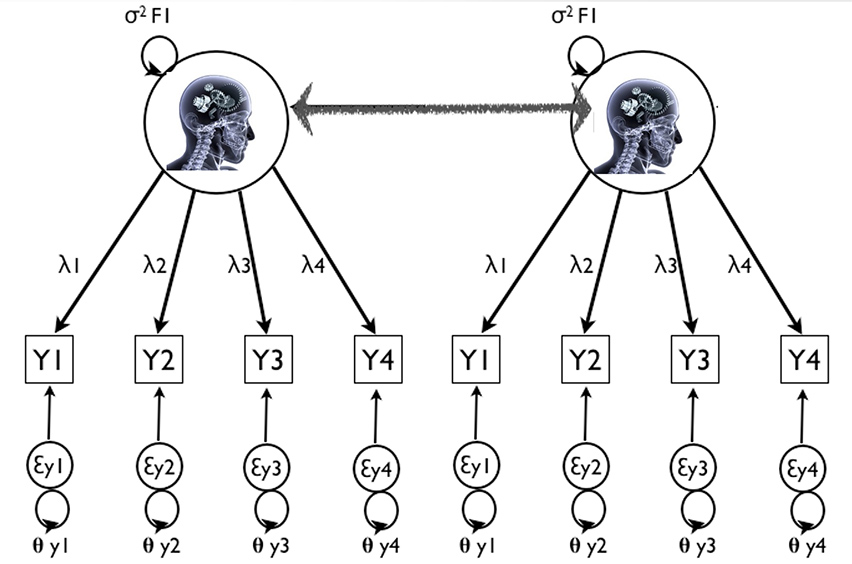Eye movement desensitisation and reprocessing therapy v. stabilisation as usual for refugees: randomised controlled trial
Eye movement desensitisation and reprocessing (EMDR) therapy is a first-line treatment for adults with post-traumatic stress disorder (PTSD). Some clinicians argue that with refugees, directly targeting traumatic memories through EMDR may be harmful or ineffective.
Fostering pupils’ lifelong learning competencies in the classroom: evaluation of a training programme using a multivariate multilevel growth curve approach
Evidence-based interventions to promote lifelong learning are needed not only in continuing education but also in schools, which lay important cornerstones for lifelong learning.
Child and adolescent internalizing and externalizing problems 12 months postburn: the potential role of preburn functioning, parental posttraumatic stress, and informant bias
Adjustment after pediatric burn injury may be a challenge for children as well as their parents. This prospective study examined associations of internalizing and externalizing problems in children and adolescents 12 months postburn with preburn functioning, and parental acute and chronic posttraumatic stress symptoms (PTSS) from different perspectives.
The relationship between tics, OC, ADHD and autism symptoms
Gilles de la Tourette’s syndrome (GTS) is a disorder in which obsessive-compulsive (OC), Attention Deficit Hyperactivity Disorder (ADHD) and autism symptoms occur in up to 60% of patients, suggesting shared etiology.
PTSD Symptom Trajectories in Disaster Volunteers: The Role of Self-Efficacy, Social Acknowledgement, and Tasks Carried Out
Millions of volunteers respond after disasters, with a 24% to 46% risk of developing posttraumatic stress disorder (PTSD). It is unclear which symptom trajectories develop and how they differ between core (volunteering before the disaster) and noncore volunteers (joining after the disaster) and which factors predict trajectories.
The Stability of Problem Behavior Across the Preschool Years: An Empirical Approach in the General Population
This study examined the stability of internalizing and externalizing problems from age 1.5 to 6 years, while taking into account developmental changes in the presentation of problems. The study comprised a population-based cohort of 7,206 children (50.4 % boys).
Direct Aggression and Generalized Anxiety in Adolescence: Heterogeneity in Development and Intra-Individual Change
Co-occurrence of aggression and anxiety might change during adolescence, or stay stable. We studied change and stability of four types of co-occurrence regarding direct aggression and anxiety in adolescence: an anxious and non-aggressive type, an aggressive and non-anxious type, a comorbid aggressive-anxious type and a no problems type.
VI European Congress of Methodology
From July 23 to 25, 2014, the VI European Congress of Methodology was held in Utrecht, the Netherlands. The European Congress of Methodology is organized biennially under the supervision of the European Association of Methodology (EAM), a society established in 2004, which brings together a large number of researchers from all over the world.
Possible Solution to Publication Bias Through Bayesian Statistics
The present paper argues that an important cause of publication bias resides in traditional frequentist statistics forcing binary decisions. An alternative approach through Bayesian statistics provides various degrees of support for any hypothesis allowing balanced decisions and proper null hypothesis testing, which may prevent publication bias.
Measurement Invariance (book)
Multi-item surveys are frequently used to study scores on latent factors, like human values, attitudes and behavior. Such studies often include a comparison, between specific groups of individuals, either at one or multiple points in time.
How to handle missing data: A comparison of different approaches
Many researchers face the problem of missing data in longitudinal research. Especially, high risk samples are characterized by missing data which can complicate analyses and the interpretation of results.











